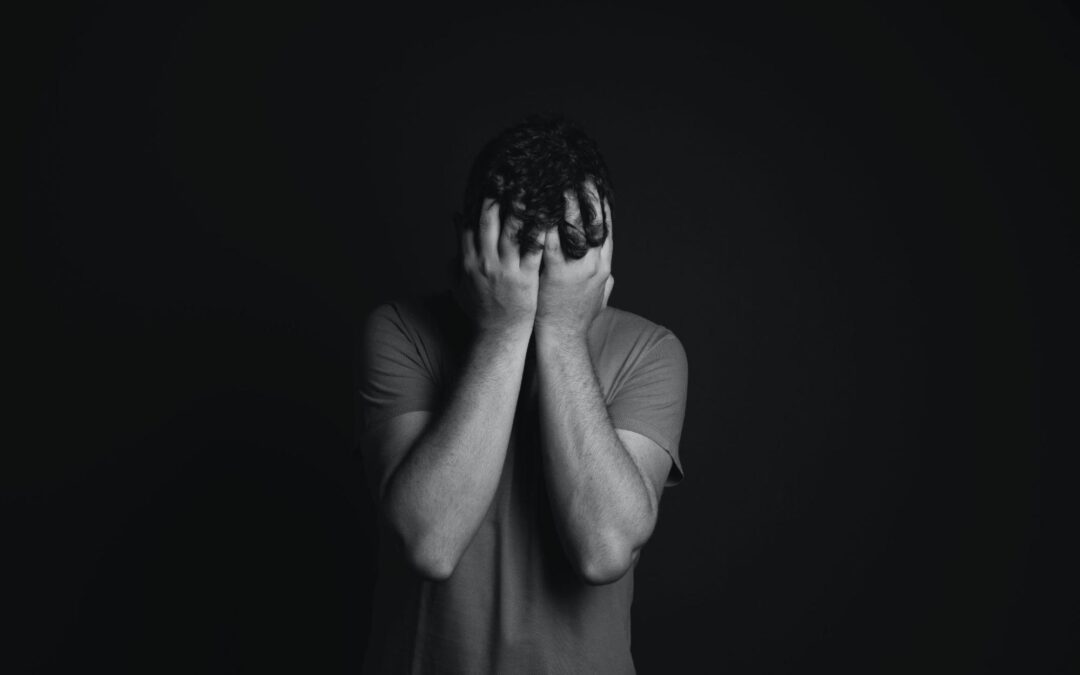Athletes are no strangers to physical pain, especially with the intense demands of training, competition, and performance. While painkillers can provide relief, there’s a fine line between effective treatment and addiction. Painkiller abuse, particularly opioids, has become a significant issue in sports due to the pressure to perform and recover quickly. Understanding the signs of painkiller addiction in athletes is crucial for coaches, teammates, and medical professionals to provide timely intervention and ensure the health and safety of athletes.
Increased Reliance on Painkillers
One of the most telling signs of addiction is the athlete’s growing dependency on painkillers to continue participating in their sport. Athletes may begin using painkillers for minor injuries but eventually find themselves relying on them even for normal daily activities. This can often go unnoticed, as painkillers help athletes push through their workouts or games, masking pain and allowing them to perform. However, over time, this pattern of reliance can indicate a developing addiction.
Prescription Abuse
Athletes who are prescribed painkillers after an injury or surgery may begin to misuse them. They might take higher doses than prescribed or use painkillers for reasons other than intended, such as to enhance performance or cope with stress and anxiety. This abuse often extends beyond what is medically necessary, with the athlete seeking to get more pills or use them more frequently than directed.
Changes in Behavior and Mood Swings
Painkiller addiction can cause dramatic shifts in an athlete’s behavior. Athletes struggling with addiction may exhibit mood swings, irritability, or a lack of motivation. This can affect their performance on the field and their relationships with teammates, coaches, and family members. The emotional toll of addiction often manifests as depression or anxiety, leading athletes to withdraw from social interactions or show less enthusiasm for training.
Physical Symptoms of Overuse
Long-term painkiller use can have serious physical effects. Athletes addicted to painkillers may show signs of physical deterioration, such as weight loss, excessive drowsiness, or slurred speech. Their motor skills can be impaired, resulting in poor coordination, slower reaction times, and an increased risk of further injury. Athletes or their peers may overlook these physical symptoms as they endure discomfort.
Neglecting Injuries or Symptoms
Painkillers work by masking pain, which can cause athletes to ignore or overlook the severity of an injury. An addicted athlete may continue to train or compete with an injury, neglecting the necessary treatment or rest needed for healing. This disregard for proper care can lead to worsening injuries and long-term damage, all while masking the underlying issue with pain relief.
Secrecy and Denial
Athletes addicted to painkillers may become secretive about their usage, trying to hide how often they take the medication or the extent of their dependency. They may lie about their injury or the need for medication, even convincing themselves that they can stop using at any time. This denial is a common symptom of addiction, as athletes may not fully recognize the severity of the problem or maybe in denial about their need for help.
Problems with Performance
Ironically, while painkillers may seem to improve performance in the short term by masking pain, the long-term effects can hinder an athlete’s abilities. Painkiller addiction can lead to decreased concentration, poor decision-making, and slower physical response times, all of which impact overall performance. Athletes may notice a decreased ability to execute plays, train at their usual intensity, or recover properly from physical exertion.
Withdrawal Symptoms
When an athlete tries to stop using painkillers or significantly reduces their intake, they may experience withdrawal symptoms. These symptoms can range from physical discomfort such as sweating, shaking, nausea, or headaches to emotional symptoms like anxiety, irritability, and depression. Withdrawal can make it incredibly difficult for an athlete to stop using painkillers on their own, further reinforcing the need for professional help.
Prioritizing Painkillers Over Everything Else
Athletes struggling with painkiller addiction may prioritize obtaining and using painkillers over everything else, including their training, performance, and relationships. They may go to extreme lengths to get more medication, such as doctor shopping or purchasing pills on the black market. This obsessive behavior can cause significant disruption in an athlete’s life, affecting their career and personal well-being.
Decreased Interest in Other Coping Mechanisms
Painkiller addiction often results in an athlete abandoning other healthy coping mechanisms, such as physical therapy, rest, or mental health support. Instead of seeking out alternative ways to manage pain or stress, they may rely solely on painkillers. This lack of variety in coping methods only deepens the addiction and further limits the athlete’s ability to recover or deal with the pressures of their sport in a healthy way.
Recognizing the Signs of Painkiller Addiction
For athletes, performance and recovery are top priorities, but this focus can sometimes lead to the dangerous misuse of painkillers. Recognizing the early warning signs of painkiller addiction is critical to ensuring that athletes receive the support they need. Coaches, teammates, and medical professionals should be aware of the behaviors and symptoms associated with addiction, as early intervention can help prevent the long-term consequences of opioid abuse. By addressing the problem head-on, athletes can receive the care they need to recover physically and mentally, ensuring their long-term health and success.
If you or someone you know is struggling with painkiller addiction, seeking professional treatment and support is essential. There are specialized resources available to guide athletes through the process of recovery, helping them return to their sport healthier and more resilient than ever.





